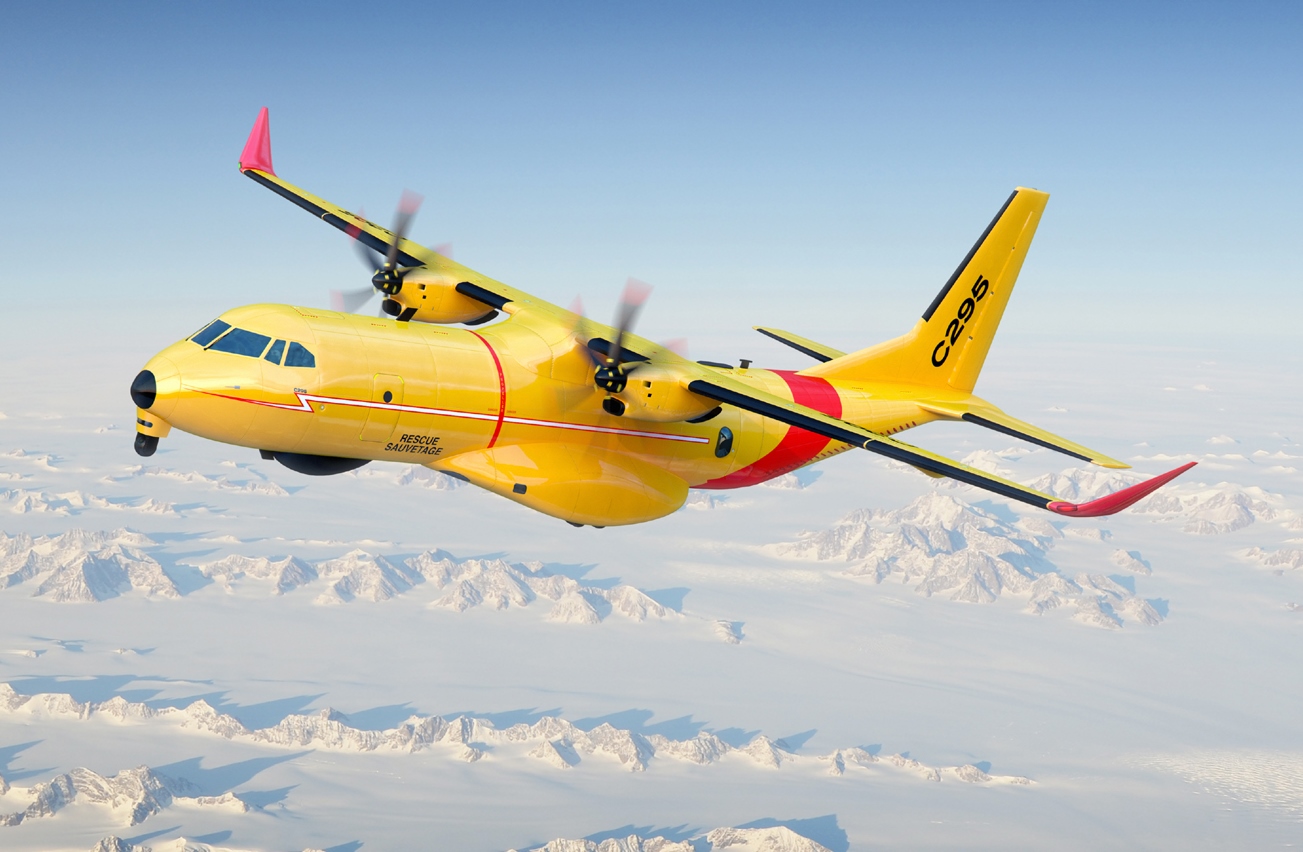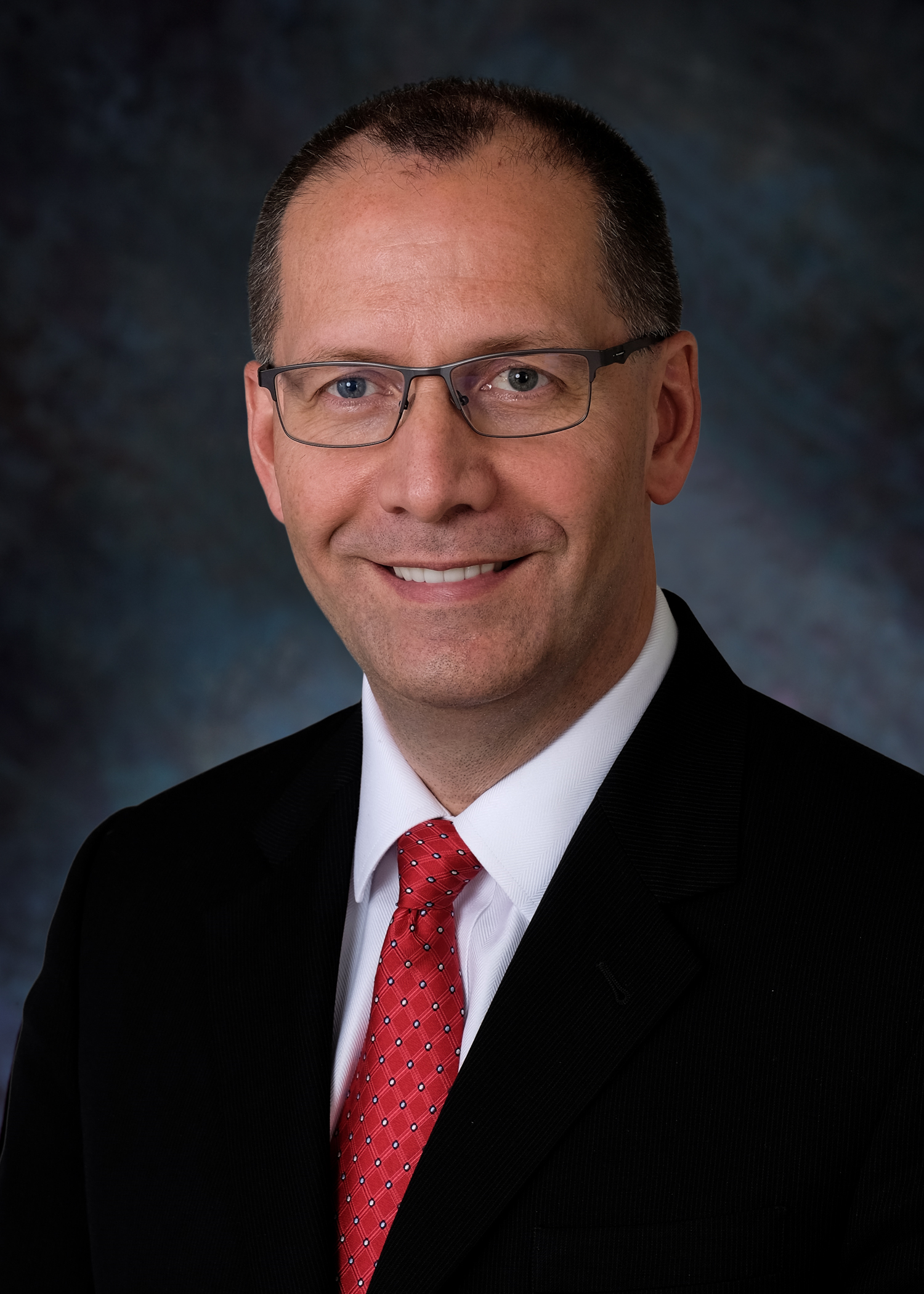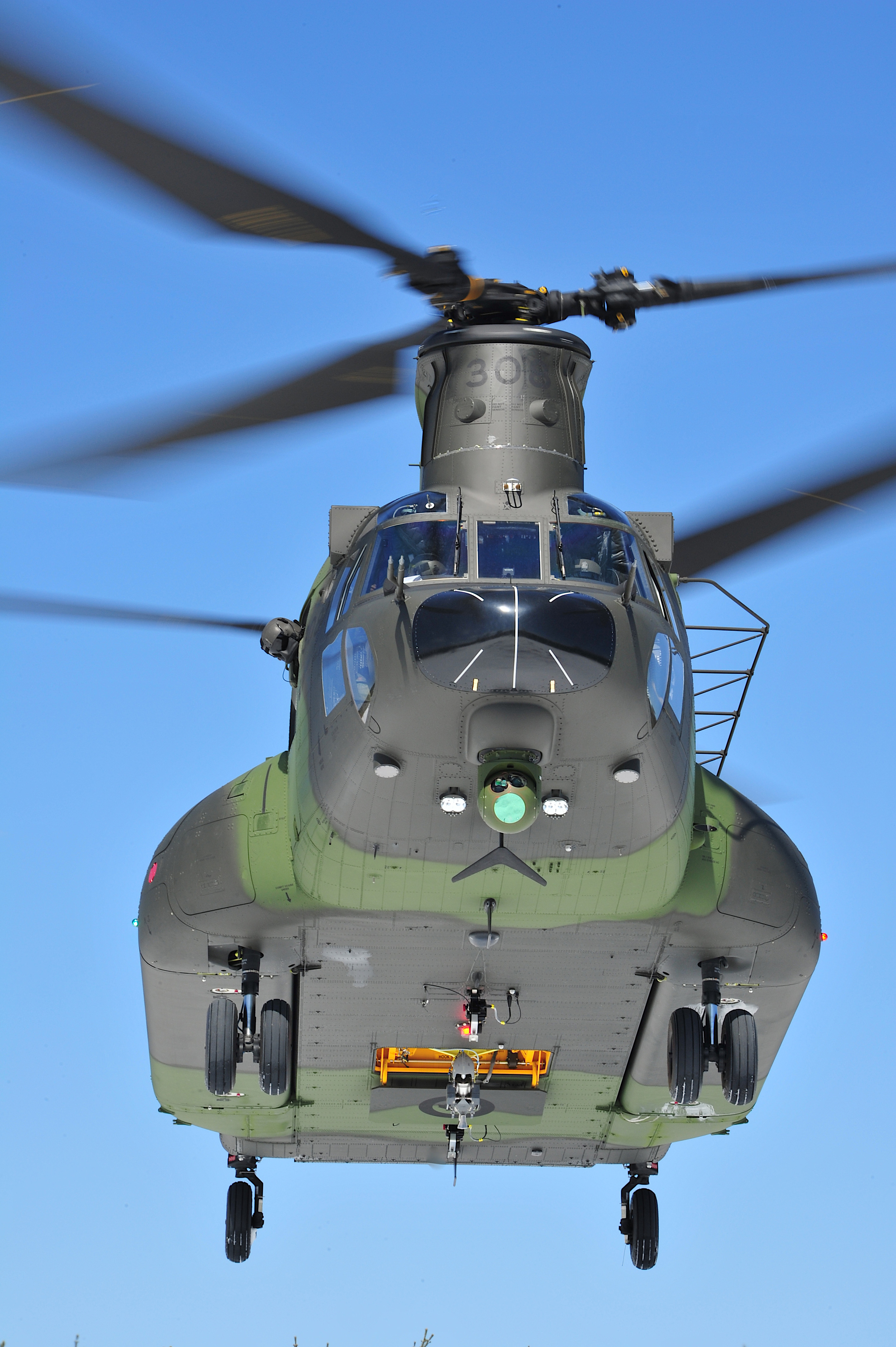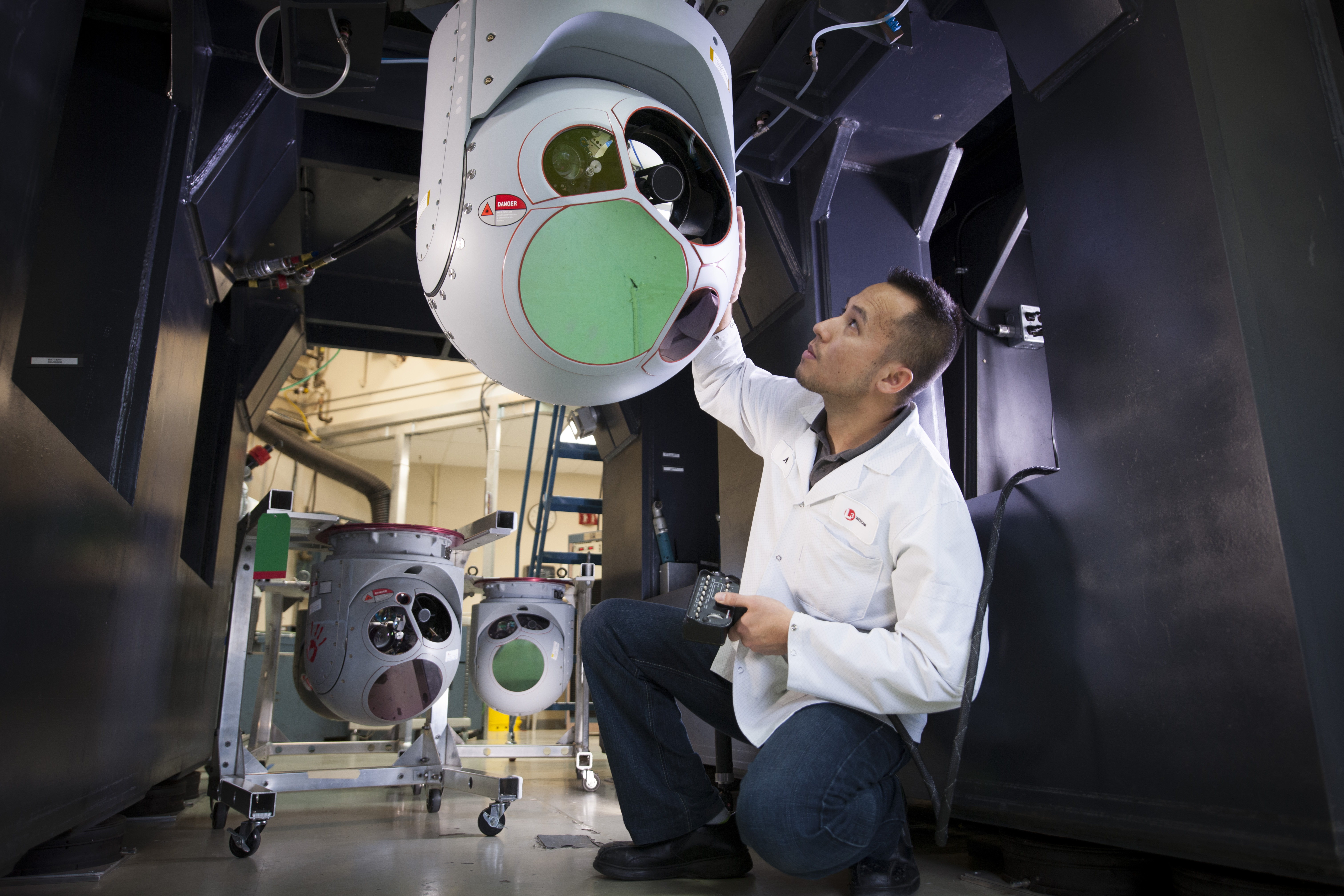ITS RECENT WIN AS PART OF THE C295W TEAM FOR FWSAR, IS JUST THE TIP OF THE ICEBERG FOR THIS LEADING EO/IR COMPANY
 Canada’s long awaited Fixed Wing Search and Rescue (FWSAR) program has now selected the Airbus C295W as the winning solution and as this 14-year long procurement process was concluded in December 2016 with a 16 aircraft, $2.4 billion deal, a number of Canadian suppliers on that aircraft came out big winners and one them was Burlington, Ontario based, L3 WESCAM.
Canada’s long awaited Fixed Wing Search and Rescue (FWSAR) program has now selected the Airbus C295W as the winning solution and as this 14-year long procurement process was concluded in December 2016 with a 16 aircraft, $2.4 billion deal, a number of Canadian suppliers on that aircraft came out big winners and one them was Burlington, Ontario based, L3 WESCAM.
Of course, in Canada, ensuring a strong domestic component is a key factor for defence procurement and the FWSAR program was no exception. Fortunately, Canadian industry had much to offer for the program and this was particularly evident in the choice of the aircraft’s EO/IR (Electro Optic / Infra-Red) sensor suite and it’s a system which is utterly essential to a modern SAR aircraft.
But fortunately, Canada is a world leading provider of EO/IR technology to a growing global market, and recently CDR paid a visit to L3 WESCAM’S Burlington operation, on the outskirts of Toronto, to learn more about their involvement the FWSAR program, the C295W aircraft overall, and also the story behind the ongoing success of this very innovative company’s products.
L3 WESCAM traces its roots back to the late1950s when post-war defence research led to the development of a stabilized camera called the Westinghouse Steered Stabilized Camera Mount or WESCAM. The technology behind the mount was eventually spun off to a separate company by engineer Nox Leavitt when he purchased the intellectual property from Westinghouse and formed a new company called ISTEC in 1974, which later changed its name to WESCAM in 1994.
WINNING 2 ACADEMY AWARDS
After nearly 3 decades of successful growth and innovation the company was eventually acquired by L-3 Communications (now L3 Technologies) in 2002. The success of the company has been built upon the MX series of stabilized camera pods, a line of products that led to the name WESCAM becoming nearly synonymous with any pod-mounted camera used in a variety of industries. The technology has proven to be so influential, in fact, that it has rewarded WESCAM with some rather unusual plaudits. For example, the company must be unique among its defence industry peers in having won nine Emmys and two Academy awards.
Just prior to the FWSAR announcement, L3 WESCAM appointed defence industry veteran, Mike Greenley, as its new president. Greenley moved over from his position as vice president and  general manager at CAE Canada to join L3 WESCAM and CDR had the opportunity to speak with him at his new office early in the New Year. Greenley had only been in his new post for a few months but it was very apparent that he had already been infused with enthusiam about the possibilities offered by this innovative technology company.
general manager at CAE Canada to join L3 WESCAM and CDR had the opportunity to speak with him at his new office early in the New Year. Greenley had only been in his new post for a few months but it was very apparent that he had already been infused with enthusiam about the possibilities offered by this innovative technology company.
Coming, as he did, from another established domestic defence company Greenley described a sense of familiarity in moving to WESCAM. He pointed out that many indigenous Canadian defence firms have developed along a similar trend line from the middle of the 20th Century. Greenley said, “My experiences in Canada with General Dynamics Canada, CAE Canada, and now WESCAM are similar in that these are, what I would call, Canadian defence companies. They’ve been around for 50 to 60 years as part of the historical base in Canada and they have all of their intellectual property and technology in Canada and they sell to the world and support their products around the world from Canada.”
He went on to explain that many Canadian firms were absorbed by larger corporations in the late 90s or early 00s, “In the case of Computing Devices, it was bought by General Dynamics, and WESCAM was bought by L3 so now these companies are part of larger global defence companies but their bones are true Canadian, historic, defence companies. It’s a very similar feeling in terms of being here”.
A HUGE NET EXPORTER
Understanding the place that WESCAM holds in the sensor industry, both domestically and internationally, is a huge motivator for Greenley and he made a point of highlighting the scale of L3’s footprint in Canada and the philosophy behind that. He said, “Across all divisions in Canada we have 1800 employees in the country and then, as a corporation, we have about 800 suppliers across Canada. We execute about $225 million in business here, but export $500 million a year from Canada. So, I think that’s a very important piece of the story of our company in terms of being such a large net exporter from Canada. The current government defence policy wants to see you (companies) building stuff in Canada, selling to the Canadian government, but especially exporting to get growth and building a job base in country.”
For L3 and WESCAM, the Canadian model appears to be working well. It’s a strong brand that offers world leading technologies that enjoy a supportive domestic market with global opportunities as well. This is what Greenley sees as a winning formula for L3, “WESCAM is a legitimate Canadian success story in terms of technology that’s come from the Defence Research Labs, turned into a growing corporate concern, sold to the Canadian customer and exported around the world to get growth”.
135 PLATFORM TYPES FITTED WITH WESCAM PRODUCT
 And, it’s true, WESCAM has certainly succeeded in achieving global reach for its products, with its technology in use in 70 different countries and on a huge number of platforms. In fact, more than 135 platform types across the air, land and maritime domains have been fitted with WESCAM systems. This success has come from a mix of a strong brand identity; unique intellectual property and technology; and a wider market than other defence companies may have.
And, it’s true, WESCAM has certainly succeeded in achieving global reach for its products, with its technology in use in 70 different countries and on a huge number of platforms. In fact, more than 135 platform types across the air, land and maritime domains have been fitted with WESCAM systems. This success has come from a mix of a strong brand identity; unique intellectual property and technology; and a wider market than other defence companies may have.
WESCAM has a product which is just as valuable to military customers as it is to law enforcement, national security, and even the entertainment industry. Having a multi-use product that can be sold to a civil or military customer with little or no change in design has given WESCAM a buffer against the vagaries of the defence industry and uncertain budgets but the company works hard to maintain a short lead and delivery time, offering an attractive capability upgrade that can be bought quickly and easily retro-fitted to existing platforms.
The company builds over 300 sensor turrets per year and more than 3,500 have been sold globally since 1997. Expansion of the MX range of turrets continues to this day with the introduction of the MX-8 in October last year. The MX-8 is WESCAM’s smallest turret so far, the 8 refers to the diameter of the ball in inches, and it only weighs 37lbs which is in big contrast to the 250lb MX-25 that represents the largest system sold by WESCAM.
By developing such a diverse range of MX turrets, WESCAM has ensured their systems can be installed on a larger number of platforms and made its EO/IR capabilities available to small security forces or local law enforcement. By encouraging a broader customer base, they are ensuring future business opportunities, the support market for systems has become a significant growth area as larger numbers are in service and remain in service longer.
Greenley highlighted the importance of this factor to WESCAM, thusly, “It’s a very significant portion of our business now. Once you have more than 3,500 units installed around the world then you get into a very large follow on support and upgrade business, that’s natural. WESCAM has grown up over 40-odd years, established itself as a leader in the market, and on all those platforms around the world then, even though these (systems) are very reliable, you’re still going to need long term maintenance, repair, and overhaul for various reasons and we have tremendous conversations about upgrades in the market”.
MAINTAINING REGIONAL SERVICE CENTRES
 Maintaining a network of regional service centres is a key aspect of WESCAM product support and the company understands that customers who rely on their systems on a day to day basis can’t afford to wait any longer than necessary for repair or maintenance of an EO turret. Greenley explained, “If something needs its regular maintenance check, you don’t want that coming back across an ocean to Canada. You want that going to your regional service centre, getting a quick turnaround and right back into business.” In fact, WESCAM now has 14 authorized service centres worldwide and more are in the works.
Maintaining a network of regional service centres is a key aspect of WESCAM product support and the company understands that customers who rely on their systems on a day to day basis can’t afford to wait any longer than necessary for repair or maintenance of an EO turret. Greenley explained, “If something needs its regular maintenance check, you don’t want that coming back across an ocean to Canada. You want that going to your regional service centre, getting a quick turnaround and right back into business.” In fact, WESCAM now has 14 authorized service centres worldwide and more are in the works.
The regional centres handle the more routine repair and maintenance, with more significant damage or upgrades returned to Burlington where WESCAM’s high tech facility is set up to provide “the full system’s lifecycle support” from research, design, test, manufacture, and delivery. CDR was treated to a tour of the Burlington facility and the pristine manufacturing set-up was certainly impressive, with MX turrets in every stage of production and a repair workshop where we were shown several examples of turrets damaged in incidents that ranged from aircraft crashes to gunfire, complete with bullet holes.
Looking beyond existing business and the established markets for sales, maintenance, upgrades, and repairs, L3 WESCAM has been expanding its maritime and land systems sector. Development of an MX-Series sighting system, MX-GCS, is aimed at the armoured vehicle market, specifically with the development of the MX-GCS starting from the ground up in order to offer a system suited to the land environment rather than an adapted airborne system. The company is working toward integrated platform level system solutions rather than delivering just a stand-alone sensor in the future.
WESCAM’s Greenley sees greater opportunities where the company can provide a complete surveillance and mission suite on a platform such as an armoured vehicle, ship, or aircraft, “You’ll start to see us now show up with these WESCAM surveillance system solutions, often providing a systems level kit or, occasionally, even acceptance of the contract to do that systems level modification work”.
An example of the sort of systems integration work that Greenley pointed to, was Guardian Spear, where sensor and a roll-on/roll-off (RO/RO) mission system is installed on a C-130 cargo aircraft in order to quickly convert the platform into a surveillance or weapons platform. WESCAM is able to deliver an integrated solution like Guardian Spear by forming partnerships with other sensor or system providers and pre-integrating it as a package. A similar Walk On / Walk Off quick deployment kit has been demonstrated in converting an MH-60 Blackhawk.
The maritime sector is, pardon the pun, also in WESCAM’s sights, with the Canadian Surface Combatant (CSC) program presenting a great opportunity as the government seeks to include maximum Canadian content in the winning proposal. “Our expansion into the marine market is only a few years old, so where we’ve been getting our traction is in the retrofit space. So, existing ships that want an upgrade to add EO/IR sensors or associated systems and that means that we’re not standard product on existing designs competing for CSC”, explains Greenley.
OPPORTUNITIES IN UNMANNED SYSTEMS
He added, “We would represent an opportunity for ship level bidders to replace an existing sensor with a Canadian sensor as part of a Canadian value proposition story”. But it’s obvious that Greenley has brought a lot of enthusiasm and new ideas to WESCAM and his arrival at the end of 2016 doesn’t appear to be a coincidence. L3 Technologies clearly sees a great deal of potential growth for the firm and the FWSAR win is just the first step in a new era and a shifting landscape. During CDR’s visit to WESCAM, we discussed the increasingly diverse nature of airborne platforms and what impact that changing landscape may have on a firm that has long dominated the field of airborne electro-optics.
Greenley also sees an opportunity in the unmanned systems area, pointing out the limits imposed by operating environments and the advantages of superior optics that WESCAM brings to the table. But, as the company’s MX-8 product demonstrates, it is important that WESCAM is able to offer the right system for the right job and should their customers change the way in which they carry out airborne surveillance WESCAM must be able to adapt to that.
Creating a more diverse range of product while at the same time developing a more flexible approach to the business are among the challenges that Greenley will be tackling as he settles into his new post as president at L3 WESCAM. But, certainly under his experienced guidance, we expect to see continued growth, new product innovation and responsiveness to the customer’s requirements at this innovative technology company.
By Ian Keddie - regular contributor to CDR and a former officer in the Royal Navy






